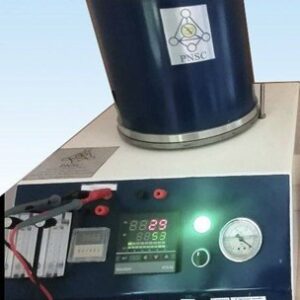Description
Photocatalytic activity refers to the ability of a material to catalyze a chemical reaction under light irradiation. Typically, this involves the generation of electron-hole pairs upon absorption of photons, which can then participate in redox reactions with adsorbed species on the material’s surface.
In the context of photocatalysis, semiconducting materials are often used due to their ability to absorb light and generate photoexcited charge carriers. Titanium dioxide (TiO2) is one of the most extensively studied photocatalysts due to its stability, abundance, and relatively high efficiency in photocatalytic processes.
The photocatalytic activity of a material is influenced by several factors, including its bandgap energy, surface area, crystallinity, and surface morphology. Optimizing these parameters can enhance the efficiency of photocatalytic reactions.
Photocatalysis finds applications in various fields, including environmental remediation (such as air and water purification), solar energy conversion (such as water splitting for hydrogen production), and organic synthesis (such as degradation of pollutants and synthesis of fine chemicals).
Reports on photocatalytic activity typically include experimental methods for synthesis and characterization of photocatalysts, details of photocatalytic reaction setups, measurement of reaction kinetics, analysis of reaction products, and discussions on factors influencing photocatalytic performance.


